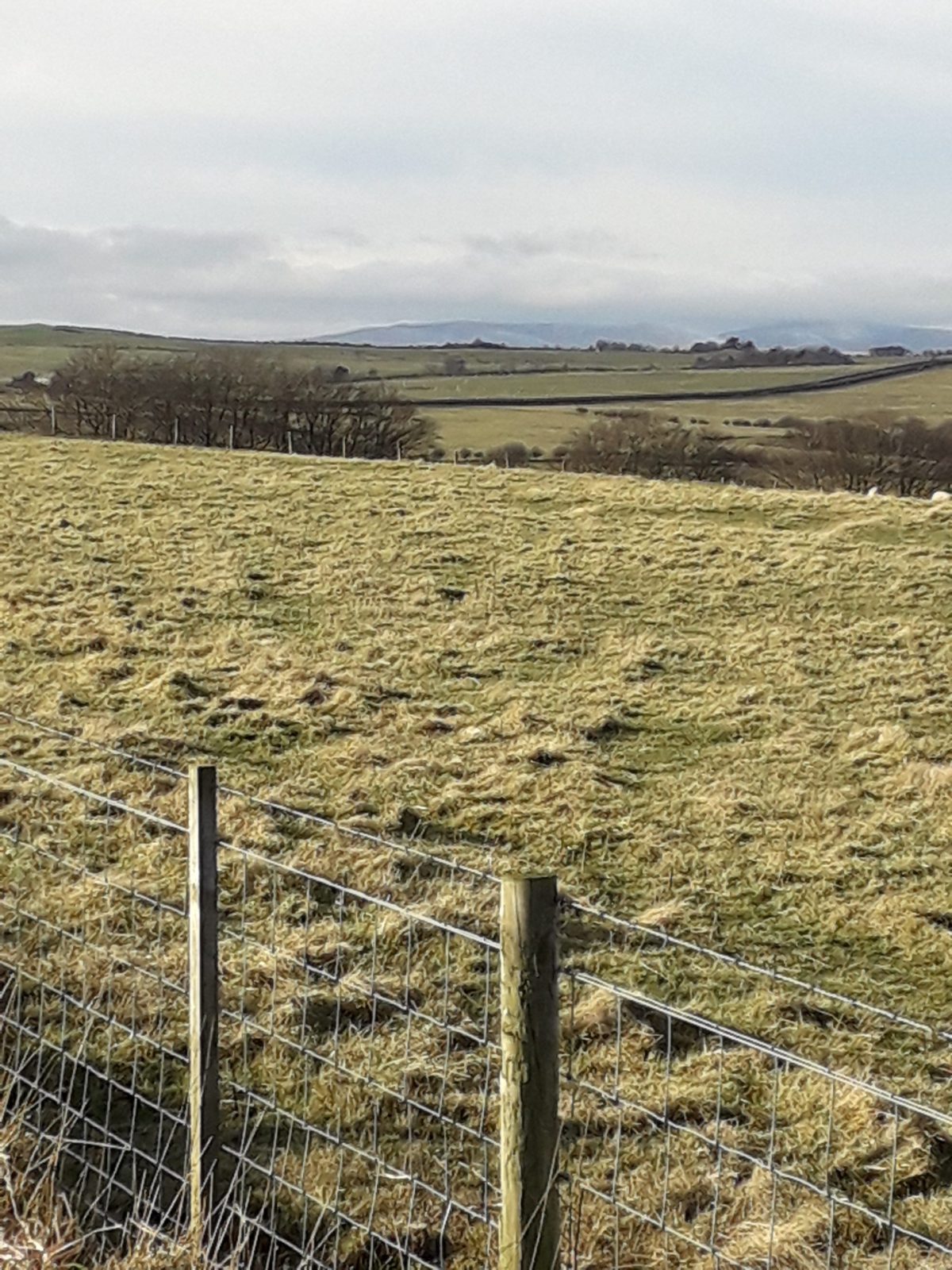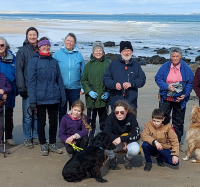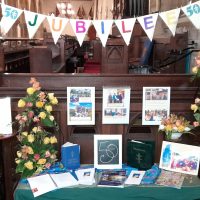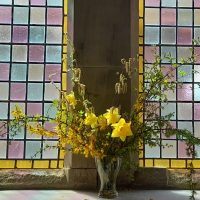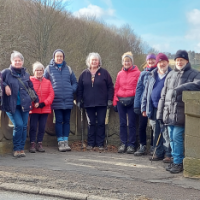Eight of us met together at Hauxley in May. The weather was kind and we enjoyed
sunshine for our wandering around the Reserve including dropping into some of the
hides.
We heard that there was a vixen and 2 cubs on one of the islands, but they opted not
to show themselves. However we did see 5 young fluffy Canada goslings out with
their parents, and 2 young herons in their nest awaiting the return of their parents
and a tasty snack. This year water birds seem to be nesting later than usual, so
there weren’t more ducklings and goslings around.
With the numbers we had we were able to eat at the Reserve café which we all
enjoyed. Our timing was good too, as the rain came on while we were there.
Afterwards Hazel and Madeline wandered down to the beach. Coastal erosion has
now exposed some of the ancient trees. 5300 BCE this area was coming out of the
Ice Age and trees began to grow. However, with rising sea levels from the melting
ice began to encroach within 300 years. From Amble southwards there is evidence
of this ancient forest, now in a peat layer under the sand. Footprints of animals have
also been found as well as evidence of Neolithic nomadic peoples.
Coming across these ancient trees is fascinating. Some of these layers of peat have
been compressed over the millennia to form coal hence our coal mines and sea coal
pieces on the sand. And, of course, the Reserve itself was once an Open Cast Mine.
Coastal changes continue and sometimes evidence is washed away or covered by
sand – an ever changing beachscape. All part of our fascinating geological heritage.
Hauxley’s Heritage
